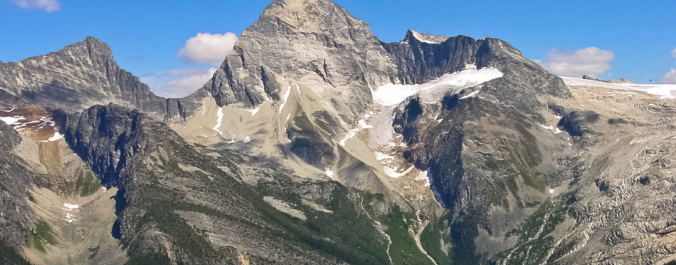Learning Objectives
At the end of this module, students should be able to:
1. Identify the elements of the scientific method and how it is used to understand Earth systems and processes.
2. Identify the methods by which scientists map, measure, monitor, and understand Earth and its systems.
3. Describe the geologic timescale by which scientists describe change on Earth, and understand the differences between changes that occur across very long timescales and those that can occur relatively suddenly.
4. Describe the distribution of insolation across the Earth's surface across the course of the year.
5. Identify at least 3 different kinds of aerosols and their sources.
6. Understand the process by which ozone naturally interacts with UV radiation and how humans created the so-called "Ozone Hole."
7. Identify how coriolis force affects objects in the atmosphere at different latitudes and in different hemispheres.
1. Identify the elements of the scientific method and how it is used to understand Earth systems and processes.
2. Identify the methods by which scientists map, measure, monitor, and understand Earth and its systems.
3. Describe the geologic timescale by which scientists describe change on Earth, and understand the differences between changes that occur across very long timescales and those that can occur relatively suddenly.
4. Describe the distribution of insolation across the Earth's surface across the course of the year.
5. Identify at least 3 different kinds of aerosols and their sources.
6. Understand the process by which ozone naturally interacts with UV radiation and how humans created the so-called "Ozone Hole."
7. Identify how coriolis force affects objects in the atmosphere at different latitudes and in different hemispheres.
Before You Begin
Before you begin the module you must:
1. Read the following chapters and pages in the textbook McKnight's Physical Geography; A Landscape Appreciation:
2. After completing the reading, you must take the online, pre-module quiz available on Bblearn.
1. Read the following chapters and pages in the textbook McKnight's Physical Geography; A Landscape Appreciation:
- Chapter 1: Introduction to Earth
- Chapter 2: (pages 40-51)
- Chapter 3: Introduction to Atmosphere
2. After completing the reading, you must take the online, pre-module quiz available on Bblearn.
Once you complete the pre-module quiz, click the button below to begin the module.

